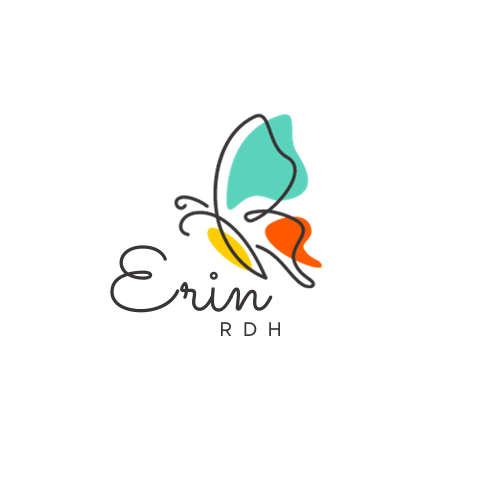Renaissance of Dental Hygiene: Where Change and Rise Collide
Let's delve into the true essence of what it means to be a dental hygienist. For many of us in this profession, October holds a special significance—it's National Dental Hygiene Month, a time to celebrate the depth of our education and the invaluable healthcare services we provide. I've always believed that we are the primary healthcare providers for many, often seeing patients more frequently than their primary physicians or nurse practitioners. Some individuals visit us every 3-4 months, allowing the disruption of the oral bacteria associated with periodontal disease. To those of you who are fellow dental hygienists, you know the intricate process involved; we are far more than mere "gum scrapers" or tooth janitors.
After completing a rigorous journey involving a minimum of 1250 clinical hours, along with a minimum of 128 credit hours of college courses leading to a Bachelor of Science in Dental Hygiene, I earned my rightful place as a Registered Dental Hygienist. I underwent one national board exam and two clinical assessments to obtain licensure in two states. It's a journey that transformed me into the healthcare provider I am today.
Over my 29 years in this field, I've continuously pursued education, amassing hundreds of hours of continuing education every two years. My expertise includes myofunctional therapy, along with a Master's Degree in Health Promotion. And I'm not alone; our profession is evolving. It's becoming increasingly diverse, welcoming more male colleagues and reflecting the vibrant tapestry of society. This inclusion is something I wholeheartedly embrace!
Now, let's talk about change—a topic that's been on my mind lately. Our profession, our workspace, our workflows—they're all evolving. I get it; we're time-strapped, dealing with tight schedules and heavy workloads. But the reality is, we can do more. We are intelligent, capable professionals who can embrace new modalities of care. Whether it's laser periodontal therapies, sleep dentistry, guided biofilm therapy, traditional nonsurgical periodontal therapies, myofunctional assessments, nutritional assessments, caries risk assessments, align technologies, salivary diagnostics, or systemic health evaluations—we can integrate these into our practice. It's about adapting, one step at a time.
Fear often holds us back—it's just false evidence appearing real. Instead, let's face everything and rise. Embracing change might seem daunting at first, but remember, discomfort is natural when you're stepping into the unknown. The key is to take it one step at a time, just like eating an elephant—one bite at a time. Incorporate new tools gradually, tailor your approach based on individual patient needs, and watch how conversations shift.
I vividly remember my early days with salivary diagnostics and health scanning. It was messy, time-consuming, and sometimes overwhelming. It was no different when incorporating new imaging technology. But with persistence, I honed my skills, found the right words, and the processes became smoother. These additions not only transformed individual appointments but also set the stage for broader changes. Patients became active participants, conversations deepened, and opportunities for intervention expanded.
Yes, it takes effort, and yes, it might get messy at first. But we owe it to our profession and the generations that follow to pioneer these changes. So, I challenge each one of you—whether your change is big or small—let's make a commitment. Let's challenge ourselves to evolve our workflows, to explore new avenues, and to pave the way for the future of dental hygiene. If not us, then who?
Here's to NDHM_23—may it be a year of transformative progress and boundless potential. Cheers to the evolution of our profession!
